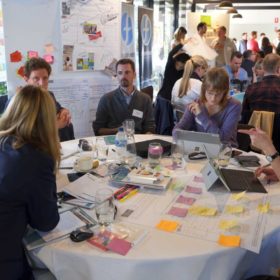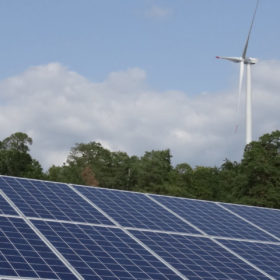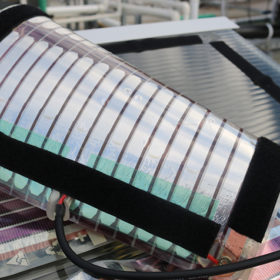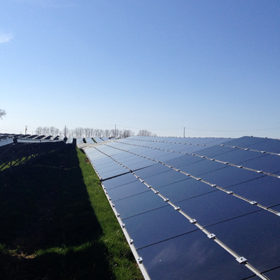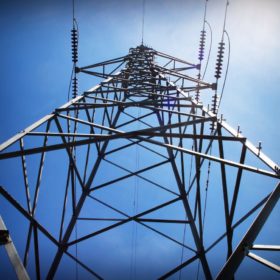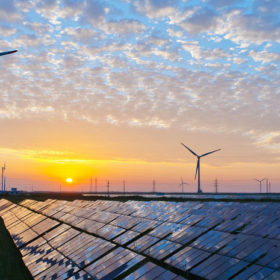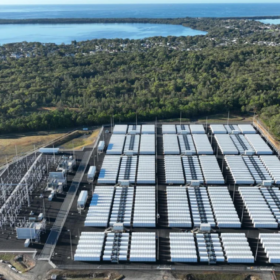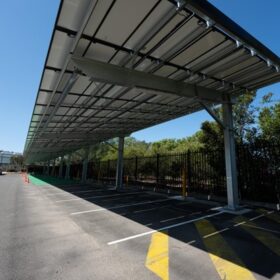ARENA opens admissions for Incubate 2019
Applications for ARENA’s A-Lab Incubate 2019, a three-day innovation lab where teams are invited to develop high-impact projects looking to forward Australia’s transition to renewable energies, officially opened this month. Participants receive intensive expert assistance and access to potential investors including ARENA, CEFC and private investment funds.
States take over on climate change, but NSW and Queensland make patchy progress
With no new measures to the reduce emissions in the electricity sector and no renewable energy target beyond 2020, federal government leaves little room for hope for policy driven renewables expansion. At a state level, ambitious renewable energy targets could help fill the policy void to a certain extent, but some states are falling short of their self-imposed targets for either renewable energy or emissions reductions.
Australia edges closer to national hydrogen strategy
Nine issues papers have been developed following national and international consultation as Australia seeks to tap the global transition to lower emissions sources of energy.
Flinders Uni steps up viability of next-generation solar cells
Researchers at Flinders University have been experimenting with producing phosphorene, a nanomaterial that could increase the efficiency of ultra-cheap solar cells by 10-20%.
Virtual power plant maximizes performance of renewables assets during periods of energy oversupply
Using a VPP to regulate thousands of data points according to price signals can enable generation asset owners to take care of their systems within seconds and with very high granularity.
Energy sector gets first open-source, tailor-made blockchain
A public enterprise grade energy blockchain has powered up with the promise to accelerate a low-carbon, distributed electricity future. For the first time, energy sector companies are hosting validator nodes on a decentralized network as they seek to adapt to a more digitalized and decentralized energy system.
Researchers develop method to synthesize graphene from eucalyptus bark
A team of Australian and Indian researchers has developed a method to synthesize soluble graphene in a cost-effective and eco-friendly way from one of Australia’s most abundant resources, gum trees.
GreenSync to deliver digital marketplace for DER in UK
The Melbourne-based energy tech company will deploy its digital platform to connect and coordinate 500 MW of distributed energy resources across the network area of UK Power Networks.
4 GW Walcha project moves forward, massive solar+battery component seeks approval
Walcha Energy – a joint venture between Australian developers Energy Estate and Mirus Wind – has lodged the scoping report with the NSW planning authorities for a 700 MW solar farm, a 100MW/150MWh battery and its plans for a renewable energy hub at Uralla.
Long read: UNSW enabling terawatts of solar power
The influence of the University of New South Wales (UNSW) School of Photovoltaics and Renewable Energy Engineering spreads over the horizon like rays of sunlight through a coal haze. Its researchers are confidently working towards the time when terawatts of solar PV power people’s aspirations from Uttar Pradesh to Perth and Pennsylvania.
